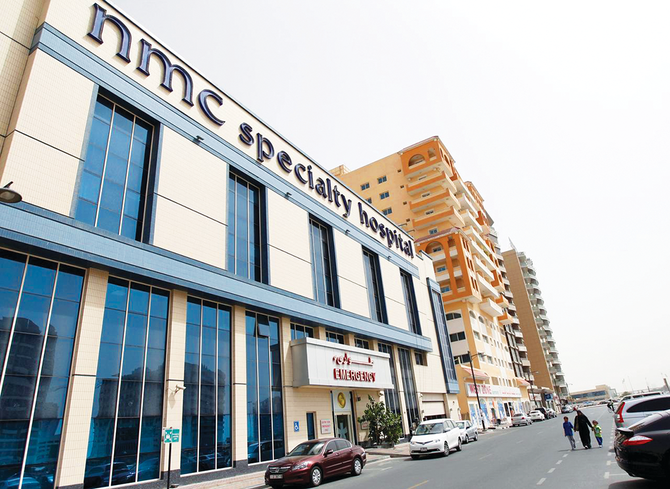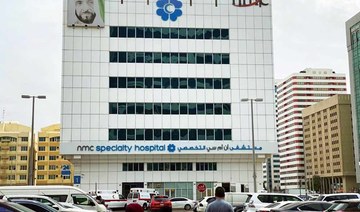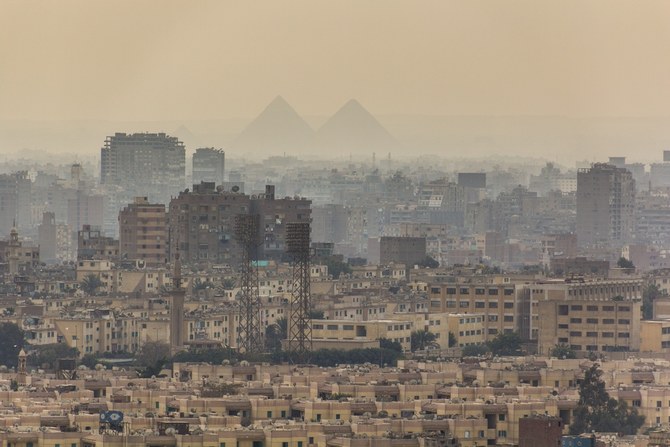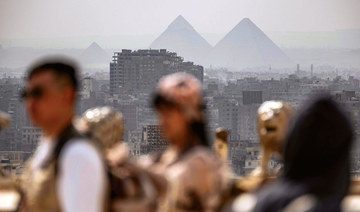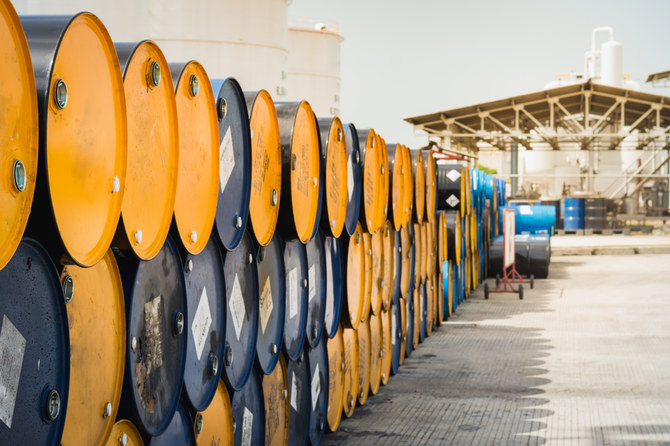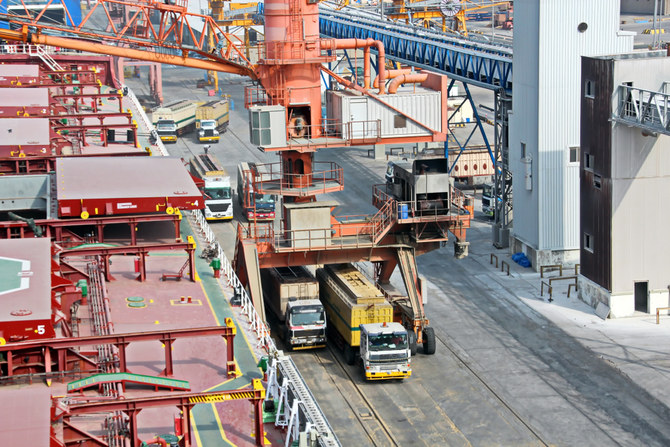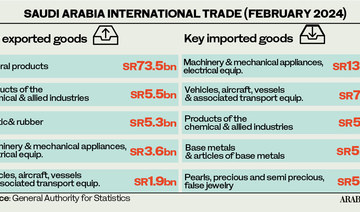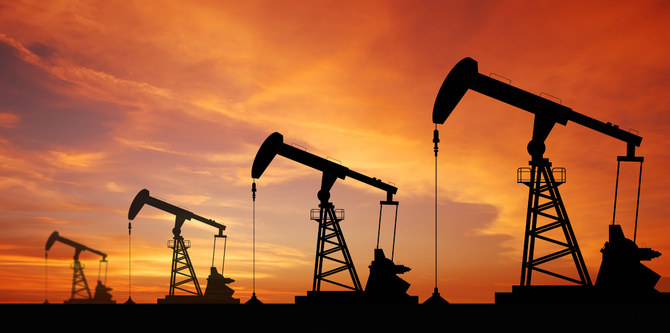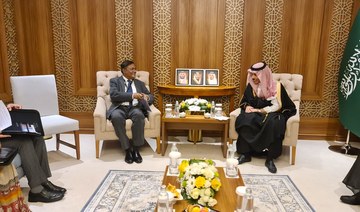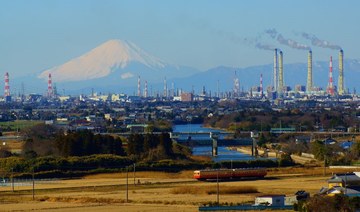DUBAI: NMC Healthcare plans to file for administration in Abu Dhabi, the UAE-based hospitals operator said on Wednesday, as it targets a three-year recovery plan involving a debt moratorium, debt restructuring and
asset sales.
Its London-listed holding company NMC Health Plc is already being run by administrators Alvarez & Marsal after going into administration in April following months of turmoil over its finances.
NMC Healthcare plans to file for administration with the Abu Dhabi Global Markets (ADGM) financial center, it said in a presentation on Wednesday.
Alvarez & Marsal will also be appointed as administrators of the UAE business, it said.
The administration process is similar to a Chapter 11 proceeding in the US and will allow NMC to seek a debt restructuring deal with dozens of lenders and sell assets to strengthen its balance sheet.
NMC’s implosion this year amid allegations of fraud and the disclosure of more than $4 billion in hidden debt has left some UAE and overseas lenders with heavy losses and prompted legal battles.
NMC Health is the largest private health care provider in the UAE, operating more than 200 facilities including hospitals.
As part of its restructuring plan, NMC and its lenders will have until Jan. 30, 2021, to deliver a binding reorganization plan or the process will move to core asset sales.
Negotiations will begin soon and a term sheet will be delivered to lenders by Oct. 31, NMC said.
NMC has agreed to terms with existing lenders to raise up to $300 million to fund the business.
NMC said significant cash has been extracted from the company, resulting in constrained liquidity and payment defaults to lenders and suppliers.
The presentation said based on initial assessments of its first-half 2019 accounts, the preliminary view is that net revenue and EBITDA were overstated by 24 percent and 178 percent, respectively. A full year audit was not completed by auditor EY.
The business had a strong start to the 2020 year, but the outbreak of the new coronavirus led to significant declines in revenue and EBITDA from March to May.



